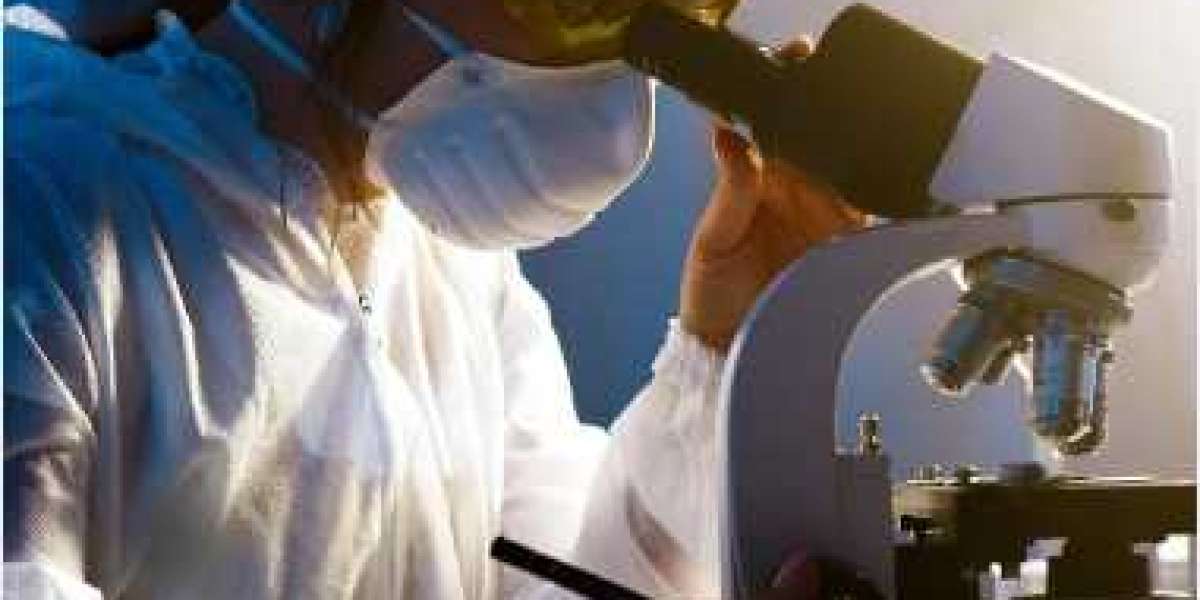When it comes to entering the Chinese market, understanding the classification system for medical devices under the China National Medical Products Administration's (NMPA) registration process is crucial. By comprehending this classification system, manufacturers can navigate the regulatory landscape more effectively and ensure compliance. In this blog post, we will delve into the intricacies of the China NMPA registration classification for medical devices.
I. What is NMPA registration?
Before diving into the classification system, let's briefly understand the NMPA registration process. The National Medical Products Administration is the regulatory authority in China responsible for supervising and regulating medical devices. The NMPA registration process involves assessing the safety and efficacy of medical devices before they can be sold legally in China.

II. Classification System for Medical Devices
Medical devices in China are classified into three categories: Class I, Class II, and Class III. Each category has different requirements and procedures for registration.
A. Class I Medical Devices:
Class I devices are considered low-risk and have minimal potential harm to human health. Examples include non-invasive devices like disposable gloves, surgical masks, and bandages. The registration process for Class I devices is relatively straightforward, requiring manufacturers to submit simplified documentation and self-declaration forms.
B. Class II Medical Devices:
Class II devices pose a moderate risk to human health and may require more detailed evaluation. This category includes items such as x-ray machines, endoscopes, and orthopedic implants. Manufacturers must provide extensive technical documentation, clinical evaluation reports, and data on safety and performance. Additionally, Class II devices usually undergo on-site inspections to ensure compliance.
C. Class III Medical Devices:
Class III devices are the highest-risk category, typically comprising implantable devices, high-risk diagnostics, and life-support equipment. Examples include pacemakers, defibrillators, and artificial joints. Manufacturers must submit comprehensive dossiers containing clinical trial data, detailed technical specifications, risk management reports, and quality testing reports. In addition to on-site inspections, the NMPA may require clinical trials to assess safety and efficacy.
III. Recent Updates and Future Outlook
To adapt to evolving medical technology and improve patient safety, the NMPA frequently updates its regulations and guidelines. In 2020, China released a new amendment to the Regulations for the Supervision and Administration of Medical Devices, simplifying the registration requirements for low-risk devices. It is worth noting that medical devices that have already obtained NMPA registration will need to undergo additional assessments and adjustments within a specified timeframe.
As China continues to prioritize healthcare advancements, it is anticipated that the NMPA will continue refining its classification system to accommodate emerging technologies such as artificial intelligence, telemedicine, and digital health solutions. Manufacturers should stay alert to these developments to ensure timely compliance with the regulatory landscape.

IV. Conclusion
Navigating the classification system for China NMPA registration is vital for medical device manufacturers seeking access to the lucrative Chinese market. Being aware of the different requirements and procedures for Class I, Class II, and Class III devices enables manufacturers to streamline their registration process and ensure compliance from the outset. As the NMPA continues to evolve its regulations, staying updated with the latest guidelines is essential for successful market entry and ongoing regulatory compliance.
In summary, understanding the classification of China NMPA registration for medical devices is not only essential but also an ongoing commitment as regulations continue to evolve. With a thorough grasp of the classification system, manufacturers can confidently navigate the approval process and bring their innovative products to the Chinese healthcare market.
Kingsmead representation and advisory services can help companies navigate the complex registration process and ensure their products meet the highest standards of safety and effectiveness. Contact us today to learn more about how we can help your company succeed.
Email:office@kingsmead-service.com.








